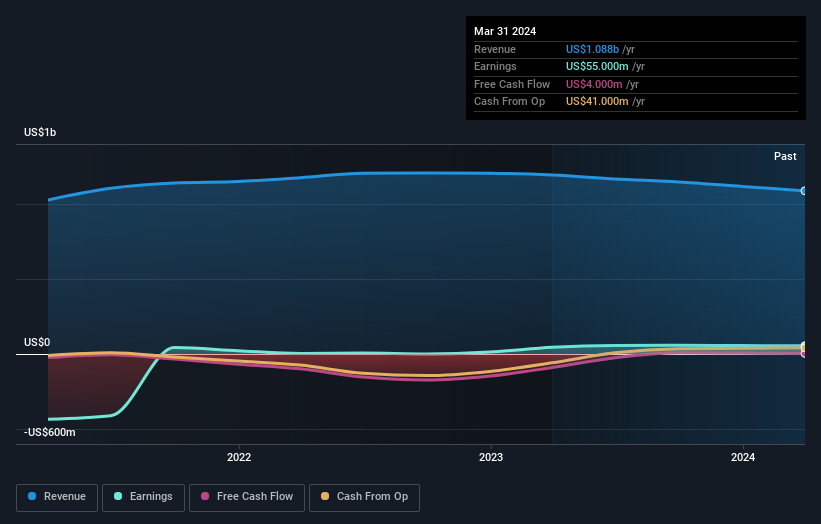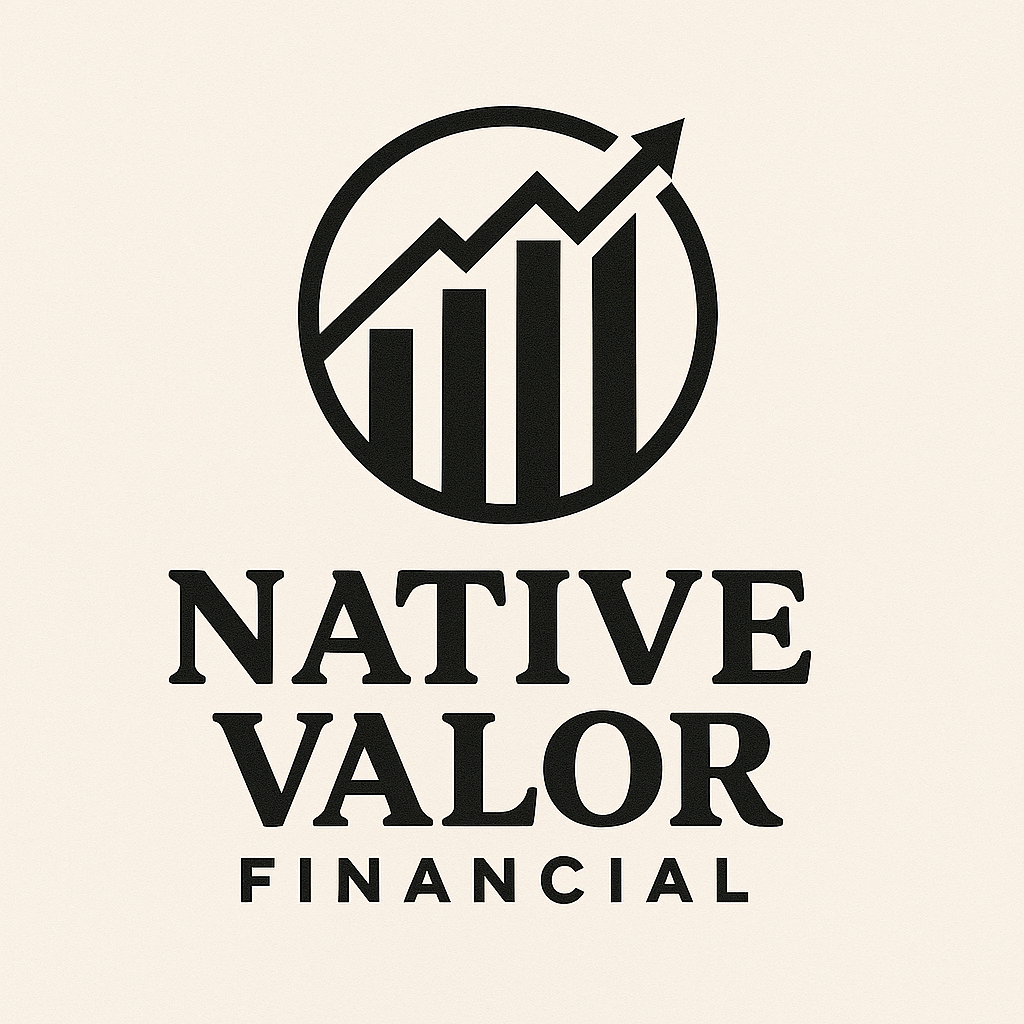- United States
- /
- Tech Hardware
- /
- NYSE:KODK
An excellent week for Eastman Kodak Company's (NYSE:KODK) institutional owners who own 52% as one-year returns inch higher
Key Insights
- Institutions' substantial holdings in Eastman Kodak implies that they have significant influence over the company's share price
- The top 14 shareholders own 51% of the company
- Using data from company's past performance alongside ownership research, one can better assess the future performance of a company
Every investor in Eastman Kodak Company (NYSE:KODK) should be aware of the most powerful shareholder groups. And the group that holds the biggest piece of the pie are institutions with 52% ownership. That is, the group stands to benefit the most if the stock rises (or lose the most if there is a downturn).
And last week, institutional investors ended up benefitting the most after the company hit US$436m in market cap. The gains from last week would have further boosted the one-year return to shareholders which currently stand at 8.6%.
Let's delve deeper into each type of owner of Eastman Kodak, beginning with the chart below.
See our latest analysis for Eastman Kodak

What Does The Institutional Ownership Tell Us About Eastman Kodak?
Many institutions measure their performance against an index that approximates the local market. So they usually pay more attention to companies that are included in major indices.
As you can see, institutional investors have a fair amount of stake in Eastman Kodak. This implies the analysts working for those institutions have looked at the stock and they like it. But just like anyone else, they could be wrong. It is not uncommon to see a big share price drop if two large institutional investors try to sell out of a stock at the same time. So it is worth checking the past earnings trajectory of Eastman Kodak, (below). Of course, keep in mind that there are other factors to consider, too.

Investors should note that institutions actually own more than half the company, so they can collectively wield significant power. We note that hedge funds don't have a meaningful investment in Eastman Kodak. Southeastern Asset Management, Inc. is currently the company's largest shareholder with 12% of shares outstanding. With 5.6% and 5.3% of the shares outstanding respectively, George Karfunkel and BlackRock, Inc. are the second and third largest shareholders. Furthermore, CEO James Continenza is the owner of 1.9% of the company's shares.
A closer look at our ownership figures suggests that the top 14 shareholders have a combined ownership of 51% implying that no single shareholder has a majority.
While it makes sense to study institutional ownership data for a company, it also makes sense to study analyst sentiments to know which way the wind is blowing. Our information suggests that there isn't any analyst coverage of the stock, so it is probably little known.
Insider Ownership Of Eastman Kodak
The definition of company insiders can be subjective and does vary between jurisdictions. Our data reflects individual insiders, capturing board members at the very least. Company management run the business, but the CEO will answer to the board, even if he or she is a member of it.
Most consider insider ownership a positive because it can indicate the board is well aligned with other shareholders. However, on some occasions too much power is concentrated within this group.
We can see that insiders own shares in Eastman Kodak Company. In their own names, insiders own US$37m worth of stock in the US$436m company. This shows at least some alignment. You can click here to see if those insiders have been buying or selling.
General Public Ownership
With a 36% ownership, the general public, mostly comprising of individual investors, have some degree of sway over Eastman Kodak. This size of ownership, while considerable, may not be enough to change company policy if the decision is not in sync with other large shareholders.
Private Company Ownership
We can see that Private Companies own 3.3%, of the shares on issue. It might be worth looking deeper into this. If related parties, such as insiders, have an interest in one of these private companies, that should be disclosed in the annual report. Private companies may also have a strategic interest in the company.
Next Steps:
It's always worth thinking about the different groups who own shares in a company. But to understand Eastman Kodak better, we need to consider many other factors. Be aware that Eastman Kodak is showing 1 warning sign in our investment analysis , you should know about...
If you would prefer check out another company -- one with potentially superior financials -- then do not miss this free list of interesting companies, backed by strong financial data.
NB: Figures in this article are calculated using data from the last twelve months, which refer to the 12-month period ending on the last date of the month the financial statement is dated. This may not be consistent with full year annual report figures.
Valuation is complex, but we're here to simplify it.
Discover if Eastman Kodak might be undervalued or overvalued with our detailed analysis, featuring fair value estimates, potential risks, dividends, insider trades, and its financial condition.
Access Free AnalysisHave feedback on this article? Concerned about the content? Get in touch with us directly. Alternatively, email editorial-team (at) simplywallst.com.
This article by Simply Wall St is general in nature. We provide commentary based on historical data and analyst forecasts only using an unbiased methodology and our articles are not intended to be financial advice. It does not constitute a recommendation to buy or sell any stock, and does not take account of your objectives, or your financial situation. We aim to bring you long-term focused analysis driven by fundamental data. Note that our analysis may not factor in the latest price-sensitive company announcements or qualitative material. Simply Wall St has no position in any stocks mentioned.
About NYSE:KODK
Eastman Kodak
Focuses on the commercial print and advanced materials and chemicals businesses worldwide.
Imperfect balance sheet with very low risk.
Similar Companies
Market Insights
Community Narratives



